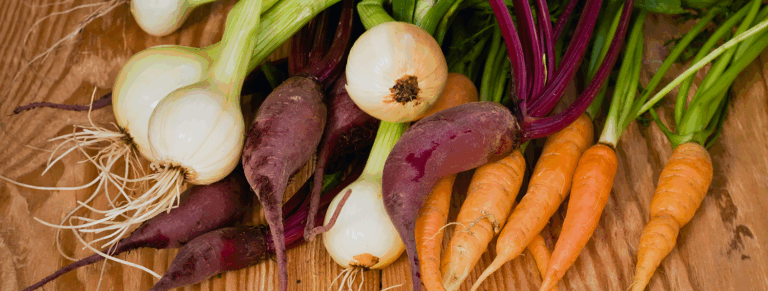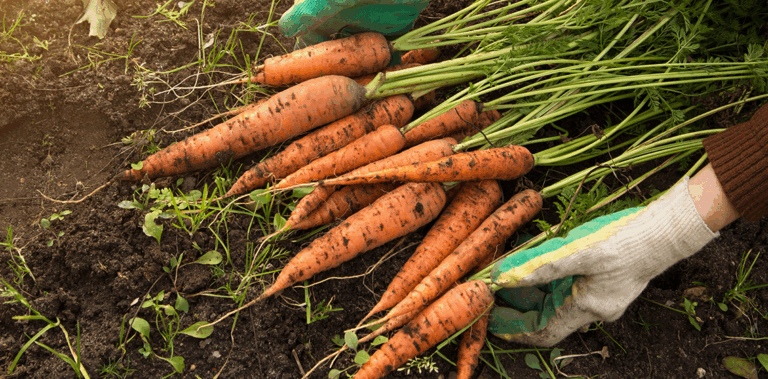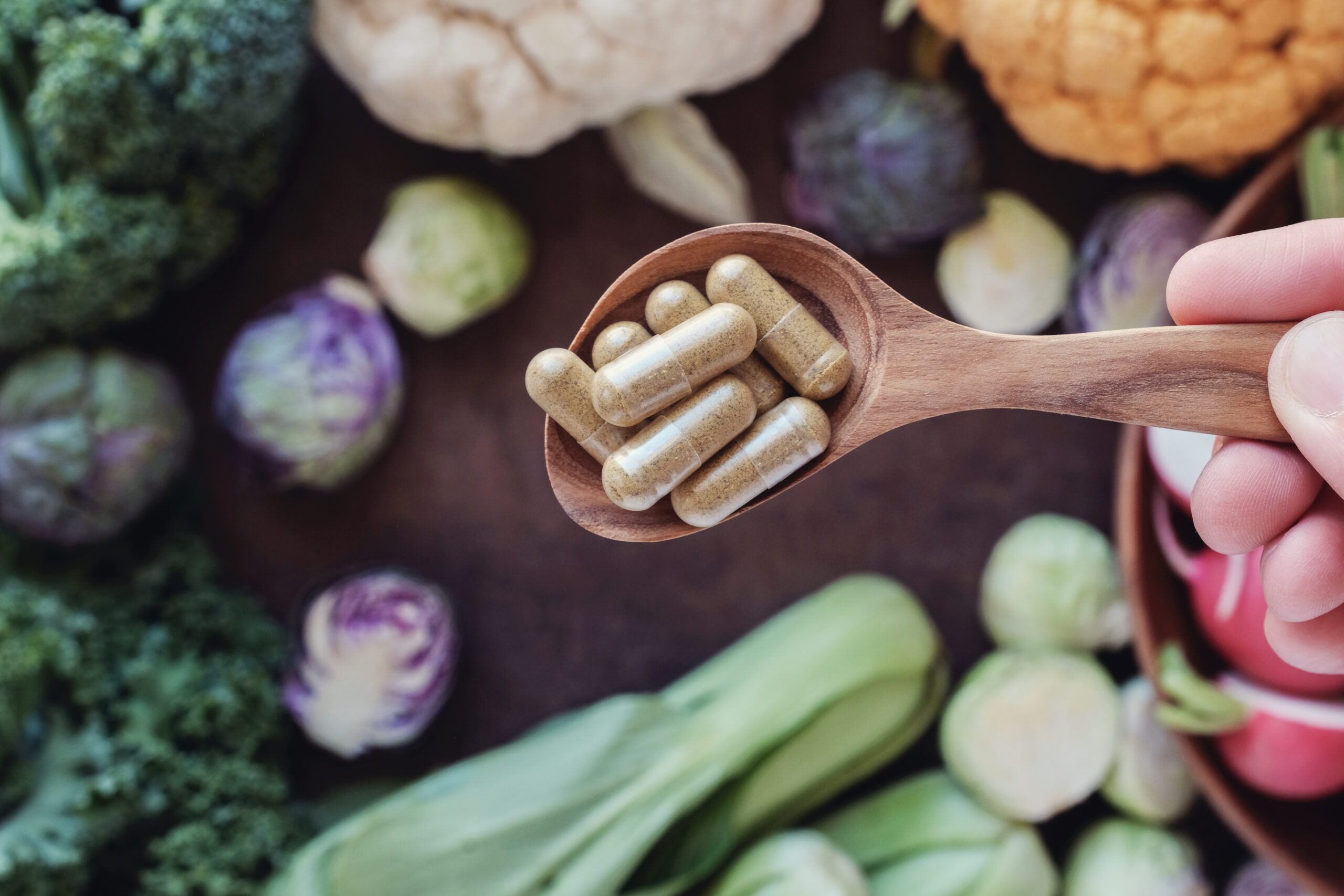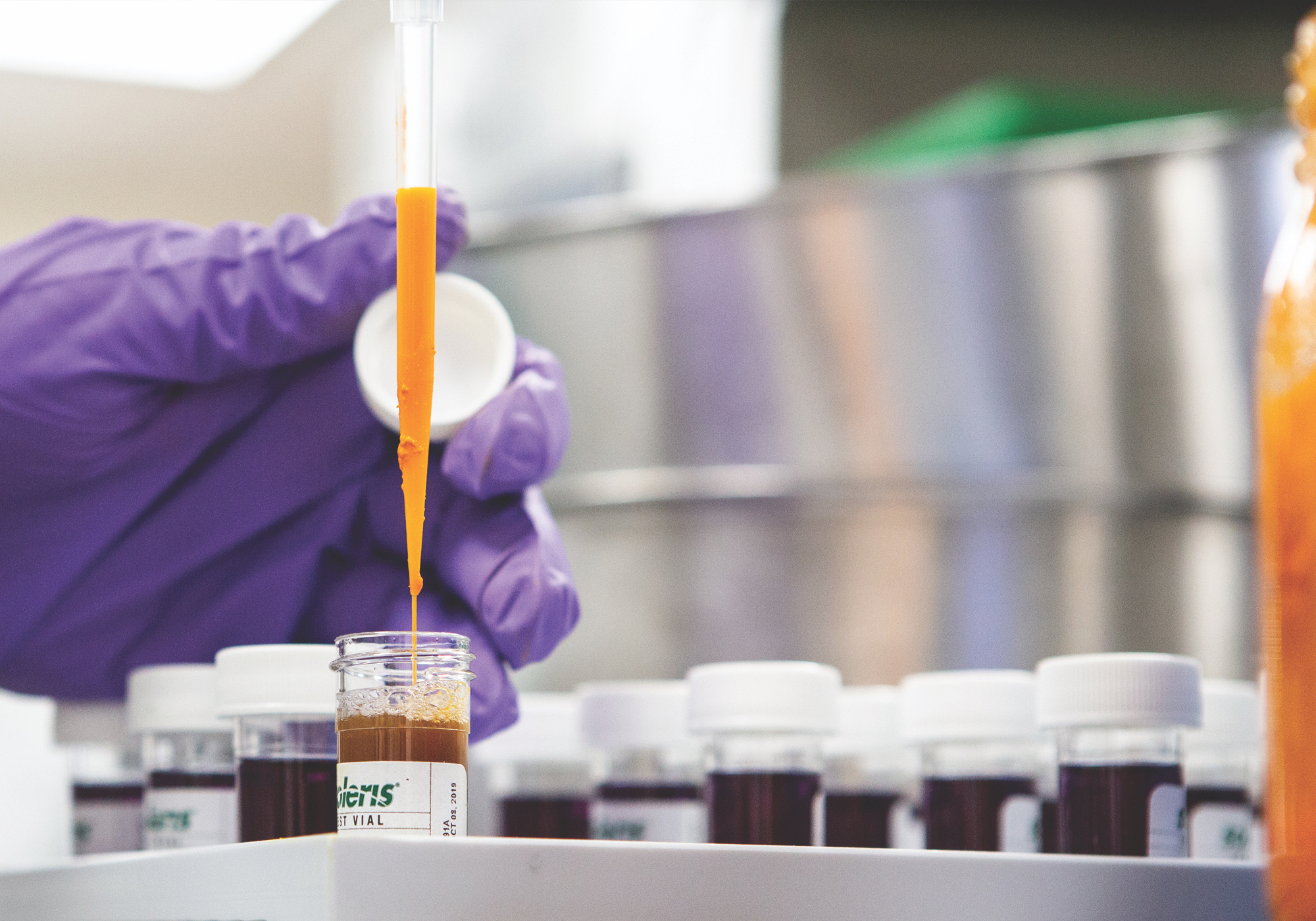Scientific name:Echinacea angustifolia
Constituents:
- Caffeic acid esters (echinacoside, isochlorogenic acid/cynarin, chlorogenic acid & cichoric acid)
- Alkylamides (aka. Isobutylamides) & Polyacetylenes
- Polysaccharides (inulin & arabinogalactans)
- Volatile oil
- Flavonoids
- Alkaloids (pyrrolizidine)
Medicinal actions:
- Antimicrobial
- Anti-inflammatory
- Diaphoretic
- Immunomodulator
- Immune stimulant
- Lymphatic
- Vulnerary
Mechanism of Action & Pharmacology:
- No single constituent has been found to be primarily responsible for immune system effects, rather they appear to work synergistically. Polysaccharides, alkylamides, polyacetylenes & caffeic acid derivatives (echinacoside) appear to activate the non-specific immune response, leading to granulocyte chemotaxis, phagocytosis by macrophages, and increased TNF, IL-1, Ig binding, and neutrophil production. These constituents mainly enhance phagocytosis, leading to a more direct clearance & inactivation of pathogenic organisms and better immune surveillance, which accelerates the response of the system to new or opportunistic pathogens.
- Akylamides cause the characteristic tingling sensation in the mouth. They are absorbed by the digestive system and are hence made bioavailable to the immune system (note: they appear to be much more slowly degraded by the body when combined with E. purpurea root) and can be found in blood, hence gaining access to immune cells, while caffeic acid derivatives such as echinacoside do not. Alkylamides appear to modulate the immune responses of macrophages and T cells, toning the response down in the face of a strong stimulus, hence helping the immune system to operate more efficiently.
- While influences on the immune system are not completely understood, it appears that in cells exposed to Echinacea, immune status is increased, so that a faster response occurs when exposed to an immune threat. When cells are overstimulated, exposure to Echinacea reduces the magnitude of the immune response. This is consistent with Echinacea having a immune-modulating effect during infection, rather than acting as an immune stimulant, and appears to decrease the response time and reaction to the threat, resulting in an overall lessening of the severity of an infection.
- An important mechanism also appears to be the binding of alkylamides with cannabinoid receptors (particularly CB2), suggesting that alkylamides are largely responsible for systemic immune modulating activity effects.
- Alkylamides appear to exert both anti & pro-inflammatory effects in human blood, depending on the stimulus applied, concentration used, and degree of unsaturation of the lipophilic tail of the specific alkylamide.
- Echinacoside has weak anti-bacterial activity (capable of inhibiting Staphylococcus aureus), however does not appear to possess immune-enhancing effects, and polyacetylene have been found to be bacteriostatic against E.coli and Pseudomonas aeruginosa.
- Caffeic acid esters in Echinacea spp. (cichoric acid) inhibit hyaluronidase activity, stabilizing mucosal connective tissue against invasion by pathogenic organisms and enhancing fibroblast growth & formation of glycosaminoglycans.
- Caffeic ester echinacoside is major hydrophilic constituent and alkylamides are considered lipophilic. Note: E. purpurea root does not contain echinacoside, and has lower levels of alkylamides.
- High molecular weight polysaccharides appear to have immune stimulant activity (however are absent from traditional formulas or alcoholic extracts).
Pharmacy:
- Decoction
- Tincture
- Dried root
- Tablets/Capsules
Safety & Toxicity Concerns:
- High doses may cause nausea and/or mouth & throat irritation.
- Has been reported to occasionally cause reversible skin reactions in atopic individuals (Potential allergic reaction to Asteraceae family).
- Due to its potential to stimulate TNF & IL-1 and 6 has been suggested that Echinacea should not be used in immunosuppression (e.g. AIDS or autoimmune disease), although this theory is not universally upheld.
- Avoid long-term use in patients taking immunosuppressant medication (e.g. transplant recipients).
- One case report of Echinacea-induced severe acute hepatitis with features of cholestatic autoimmune hepatitis.
Interactions:
- Selectively modulates activity of CYP 3A4 substrates.
- May alter drug levels of antiretroviral drugs (e.g. HIV non-nucleoside transcriptase & protease inhibitors).
- Theoretically may decrease effectiveness of immuno-suppressive drugs, chemotherapy, corticosteroids, blood thinners and hepatotoxic drugs.
- Avoid with Midazolam (decreases drug levels when drug administered intravenously).







